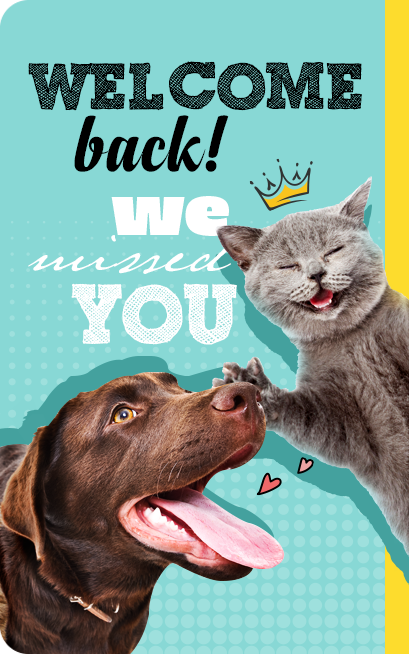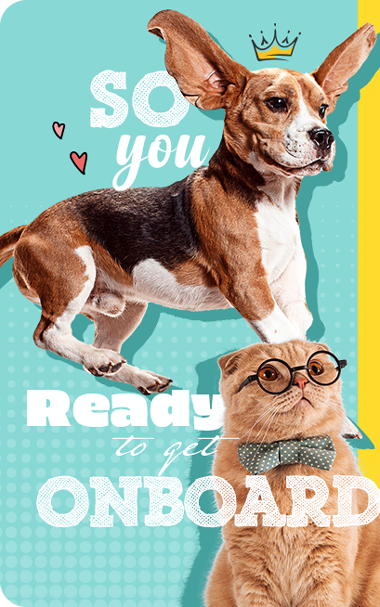8 Most Dangerous Household Foods for Dogs
Posted by Kruti reddy on

Introduction
When you get a pet and are a first time pet parent - there are so many things that we don’t know. And we learn as time goes. But our topmost priority is always to keep our furry companion safe and healthy. And although we might be tempted to share everything that we eat with them, we need to be aware that not all human food is fit for dogs. Some of these foods can be extremely harmful and even deadly for our pets. In this article we have mentioned the 8 most dangerous foods which should be kept away from your pet to ensure their health and happiness.
1. Grapes and Raisins

While they may seem harmless & delicious, grapes and raisins are extremely toxic to dogs. Even a small amount can cause severe kidney failure. Symptoms of grape toxicity include vomiting, lethargy, and loss of appetite. If you suspect your dog has eaten grapes or raisins, seek veterinary help immediately.
2. Avocado
Avocado contains a toxin called persin, which is harmful to dogs in large amounts. The pit, skin, and leaves contain higher levels of persin than the flesh, but even the fruit can cause stomach upset. Eating avocado can lead to vomiting and diarrhoea, so it’s best to keep it out of reach for them.
3. Onions

Onions, along with other vegetables in the allium family (like shallots and leeks), are toxic to dogs. They contain compounds that damage red blood cells, leading to anaemia. Even cooked or powdered onions can be harmful, so keep all forms of onions away from your dog’s food bowl.
4. Garlic
Garlic is more dangerous than onions, as it contains a higher concentration of thiosulfates, which are toxic to dogs. When your pet ingests garlic, it can cause damage that disrupts the blood circulation & delivery of oxygen to the different parts of the body. And if eaten in larger quantities, it can damage red blood cells. Symptoms may not show up immediately but can include weakness, lethargy, and pale gums.
5. Apple Seeds
While apples are generally safe for dogs in small amounts, their seeds contain cyanide, which is toxic. So if you wish to feed an apple to your dog, make sure to remove the core and seeds before offering it as a treat. Signs of cyanide poisoning include difficulty breathing, dilated pupils, and shock in severe cases.
6. Coffee and Tea

Our country can’t do without a cup of chai or a coffee. But to dogs this can be toxic as both tea & coffee contain Caffeine. Dogs are more sensitive to caffeine than humans, and even small amounts can cause restlessness, rapid breathing, heart palpitations, and muscle tremors. Always keep caffeinated drinks, this also includes some aerated drinks out of reach of your pets.
7. Sugar-Based Foods and Artificial Sweeteners
While sugar itself is unhealthy for both humans and dogs, artificial sweeteners like xylitol are outright dangerous for dogs. Xylitol, often found in sugar-free gum, candy, and baked goods, causes a rapid insulin release, leading to a dangerous drop in blood sugar. Symptoms of xylitol poisoning include vomiting, seizures, and in severe cases, liver failure.
8. Chocolate

Chocolate contains theobromine, a compound that dogs can’t metabolise as quickly as humans. Dark chocolate and baking chocolate have particularly high theobromine levels, making them especially dangerous. Even a small amount can cause vomiting, diarrhoea, seizures, and in extreme cases, death. So let’s keep the chocolate for humans only. If you ever feel like giving them a treat, there are so many dog safe options available in the market. You can shop them on our website
What to Do if Your Dog Ingests Any of These Foods
If you suspect your dog has eaten any of these harmful foods, don’t wait—contact your vet immediately. Early intervention can make a significant difference in your pet’s health outcome.
Conclusion
Keeping a dog safe involves more than just feeding them the right foods; it’s also about avoiding the wrong ones. A little extra attention around your household can prevent accidental ingestion of the wrong foods and that will keep your dog healthy and happy for years to come. Remember, when in doubt, it’s always best to consult your vet about what foods are safe for your dog!






